It has become something of a fad to try to identify and quantify the body doubles of Vladimir Putin. There are even outlandish claims that the man himself is dead and has been replaced by one. But why the fascination?
It is hardly unusual for autocrats to have doubles — as a shield against assassination or simply as handy proxies to take on the more tedious and less important duties. Stalin had at least a couple; Panamanian strongman Manual Noriega apparently had no fewer than four. North Korean dictator Kim Jong-un was once photographed chatting with two of his identically-dressed doubles.
The likelihood is that those uncharacteristic public events were, indeed, carried out by Putin’s double
Certainly there is good reason to suppose Putin has at least one. His security has always been extravagantly paranoid, as demonstrated by the phalanxes of black-suited and ear-pieced presidential security service close protection officers. Having lived on Kutuzovsky Prospect, one of the massive highways leading into central Moscow along which his motorcade would speed to and from his suburban palace at Novo-Ogarevo, I can attest to the comprehensiveness of the precautions: from snipers taking up places on the rooftops to the checks made on manhole covers along the way.
Ever since Covid, Putin has been even more isolated by an additional layer of bio-security precautions, not least the comically long tables at which he would hold meetings. His walkabouts and visits to the provinces, once a central elements of his cosplay as the “good czar” close to his people, dwindled dramatically. This was a monarch who ruled through the video screen.
Yet after the abortive mutiny by the Wagner mercenary army in June, we suddenly saw a rather different Putin. A week on from Prigozhin’s march on Moscow, he visited the city of Derbent in Dagestan where he waded into the crowd, shaking hands, posing for photos, hugging women and kissing babies like a Western politician on the campaign trail. Then he turned up at Kronstadt near St. Petersburg, again working the crowd. “What about the quarantine?,” asked a journalist. “The people are more important than quarantine,” Putin replied.
We had, to be fair, glimpsed this Putin before, driving around the ruined streets of the conquered Ukrainian city of Mariupol in March. He was apparently without his usual army of minders and bullet-catchers and heedless of the risk that Kyiv might see this as an opportunity to rid itself of its sworn enemy.
The likelihood is that these uncharacteristic public events were, indeed, carried out by a double. Some have even claimed to have identified subtle differences in the ears or the chin or the line of the neck, such as to confirm the presence of at least one stand-in lookalike.
This has, however, taken a bizarre turn with the claim by the anonymous Russian Telegram channel GeneralSVR that Putin is dead and has been replaced by his double. The channel alleges without evidence or plausibility to be penned by a general of Russia’s Foreign Intelligence Service who somehow has extraordinary insider access, which he shares with impunity on social media. The defrocked academic Valery Solovey, too, has made similar claims.
There are those who suggest that “GeneralSVR” and Solovey may well be one and the same; certainly the latter has for years been predicting Putin’s imminent demise from one illness or another. Either way, they have excelled themselves with the current claim. They say that Putin died on Thursday October 26 — at 8:42 p.m. Moscow time, to be precise — and his body stuffed into a freezer at his residence in Valdai while security council secretary Nikolai Patrushev took over the reins of power, using Putin’s double as a handy sock-puppet.
There is no evidence to support these claims, which are becoming increasingly and elaborately fleshed out with tales of behind-the-scenes political shenanigans. We are even told that Putin’s acknowledged daughters will be given cabinet-level posts — one as Minister of Health, the other deputy chair of the Security Council — in return for going along with the grand deception.
These seem little more than entertaining bedtime stories for Kremlinologists, but they do speak to a powerful and recurring theme in Russian history. After the reign of Czar Ivan IV — better known as “the Terrible” — Russia slid into a period of crisis known as the Time of Troubles. Ivan had killed his oldest son in a fit of rage, his second son Fedor proved too weak for the challenges of his age, and youngest son Dmitry died in 1591 from what, perhaps rather implausibly, was described as an accident in which he slit his own throat in the midst of an epileptic fit. Presumably there were no windows in the Kremlin high enough for him to fall from.
The Time of Troubles was marked by hunger, civil war and invasion — and at least three pretenders claiming to be the “real” Dmitry, who had miraculously escaped apparent assassination. The first actually became czar for a year, as a puppet for Polish invaders, the second and third became figureheads for Cossack revolts, and all ended badly.
In the twentieth century, at least ten women claimed to be Anastasia, youngest daughter of Czar Nicholas II, having somehow avoided being killed with the rest of the family in 1918. Even some Russians were willing to believe them, despite all evidence to the contrary.
So why this fascination with the royal person, whether Putin’s doubles or false Dmitries? Presumably it is because power is still so personal in Russia. In the West, monarchies have withered or become constitutionally emasculated. Power is vested in institutions, law codes and impersonal bureaucracies, the infamous “Blob.”
In Russia, the bureaucratic state remains in thrall to individual leaders. Were Rishi Sunak to be assassinated tomorrow, would that reshape Britain? Hardly, but all those men in black suits, the double or doubles, and the long tables are there precisely because if Putin goes, Russia will once again be redefined.
This article was originally published on The Spectator’s UK website.



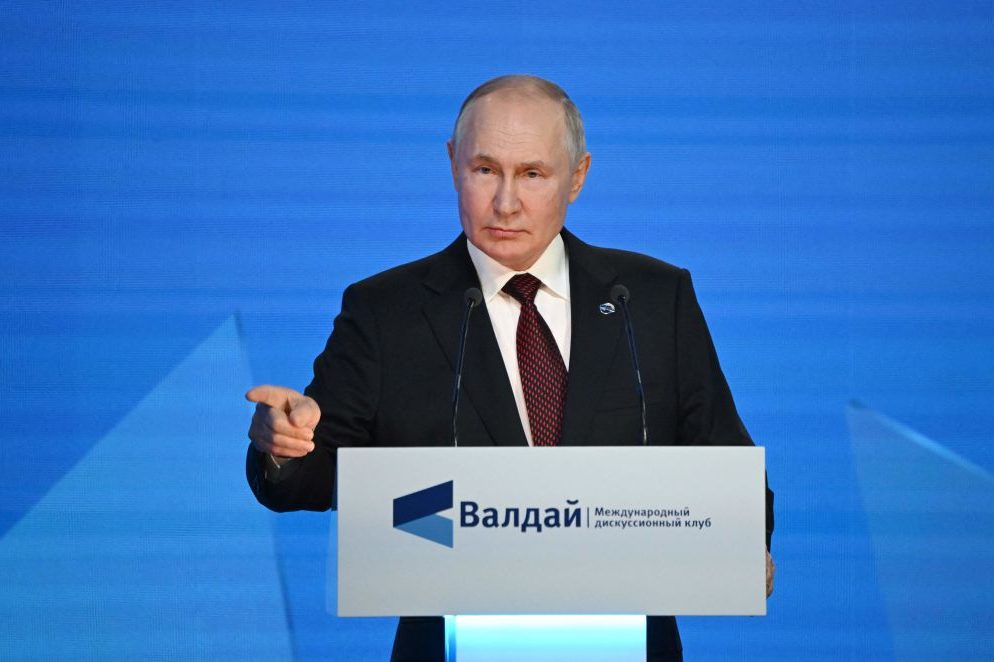






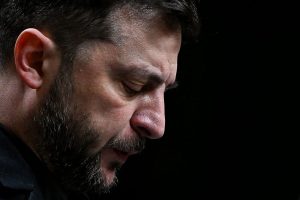
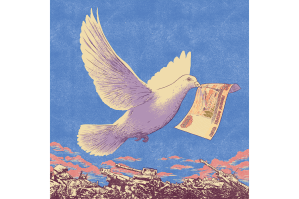
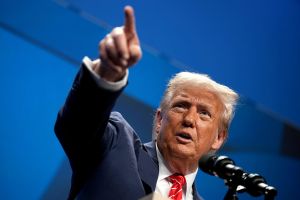
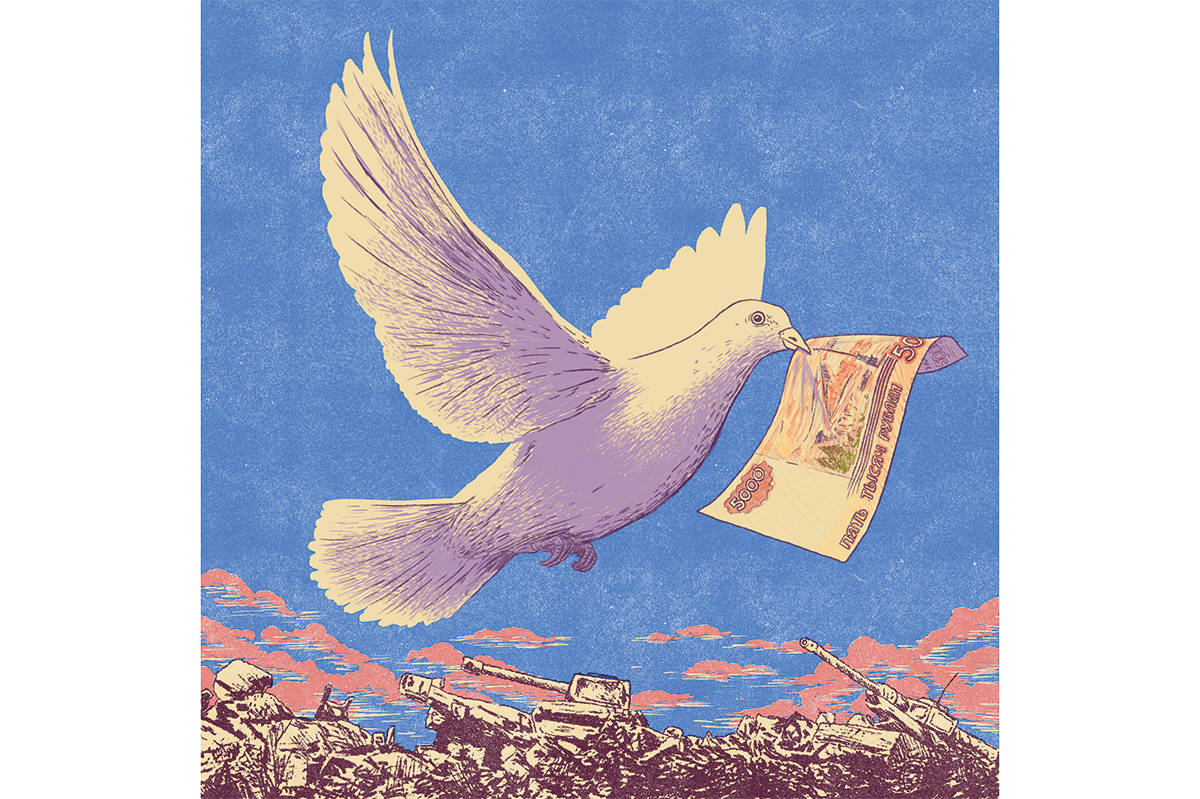
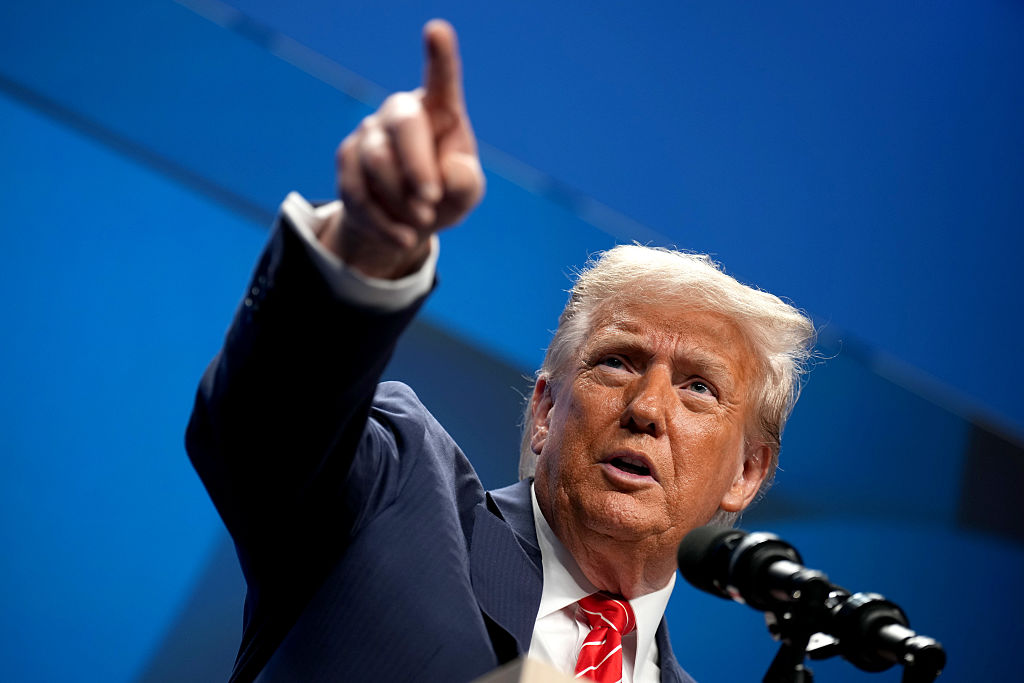
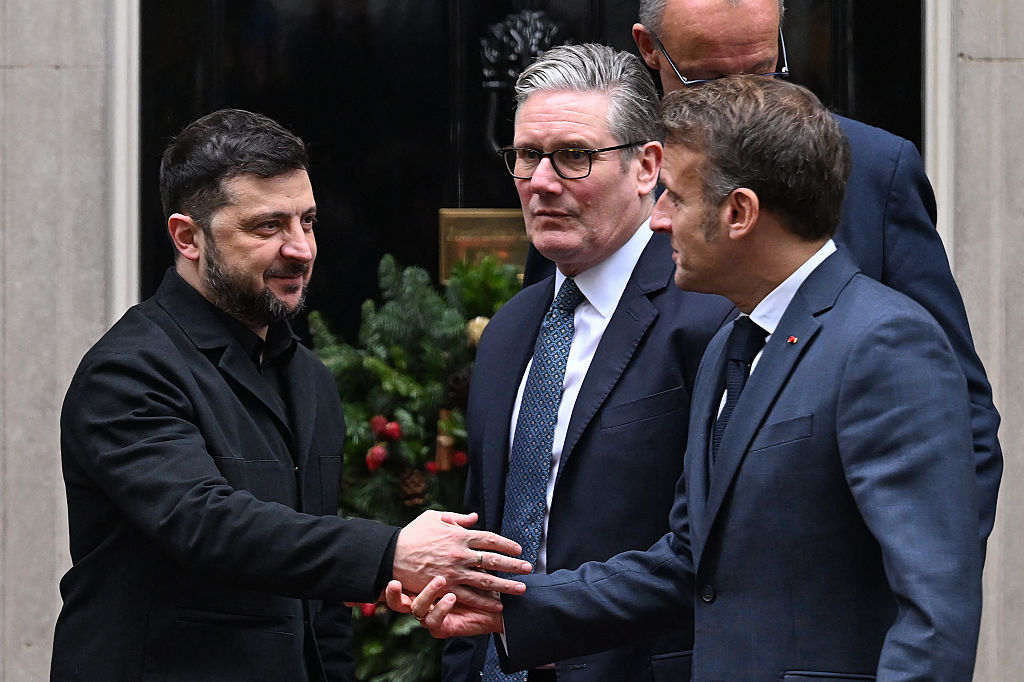
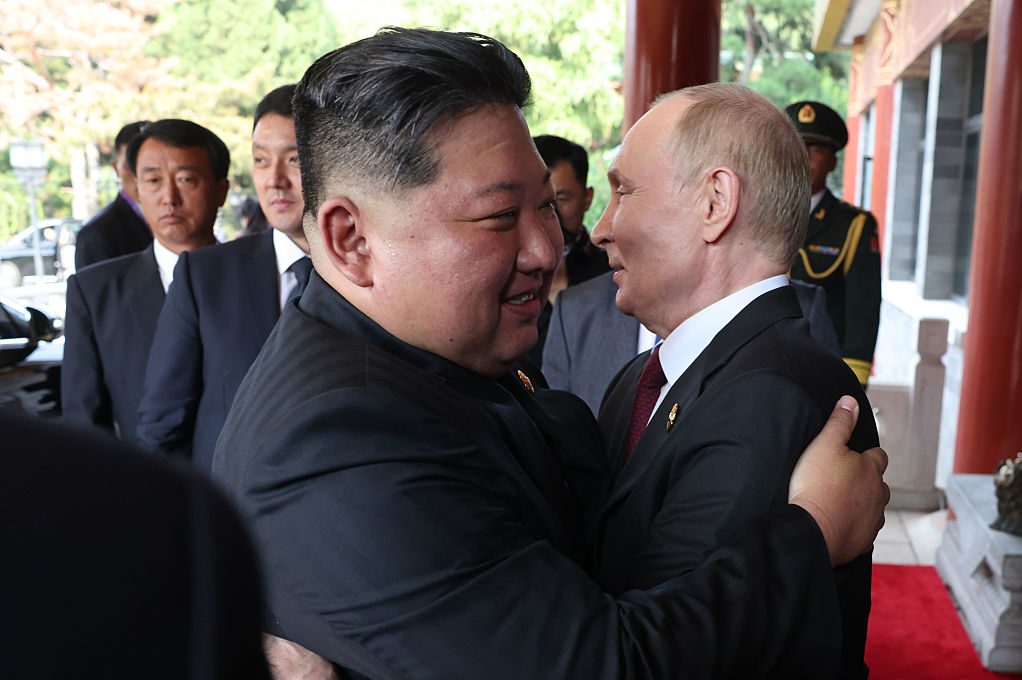
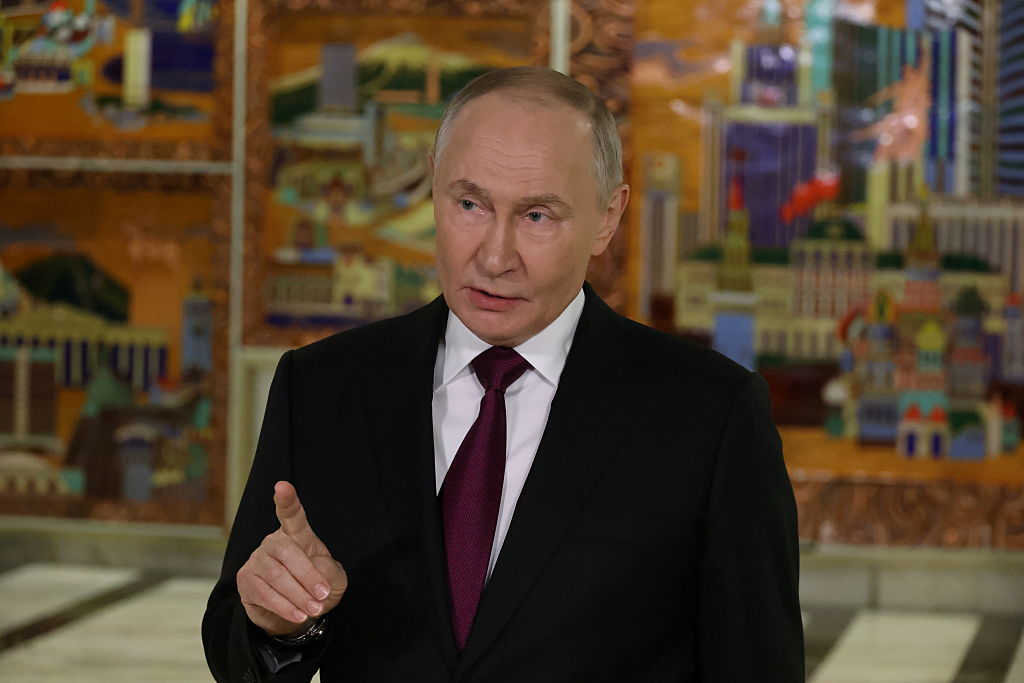
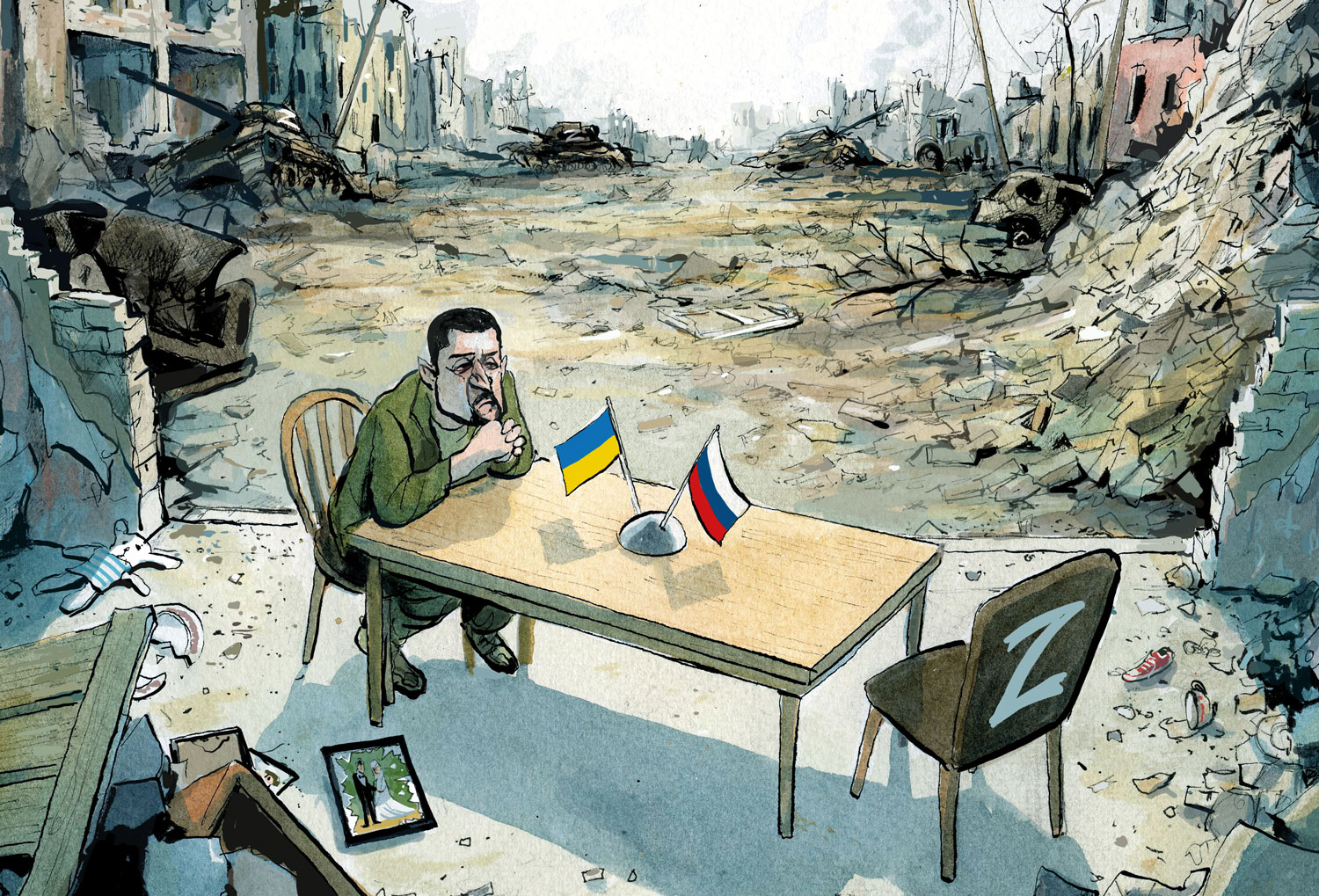







Leave a Reply